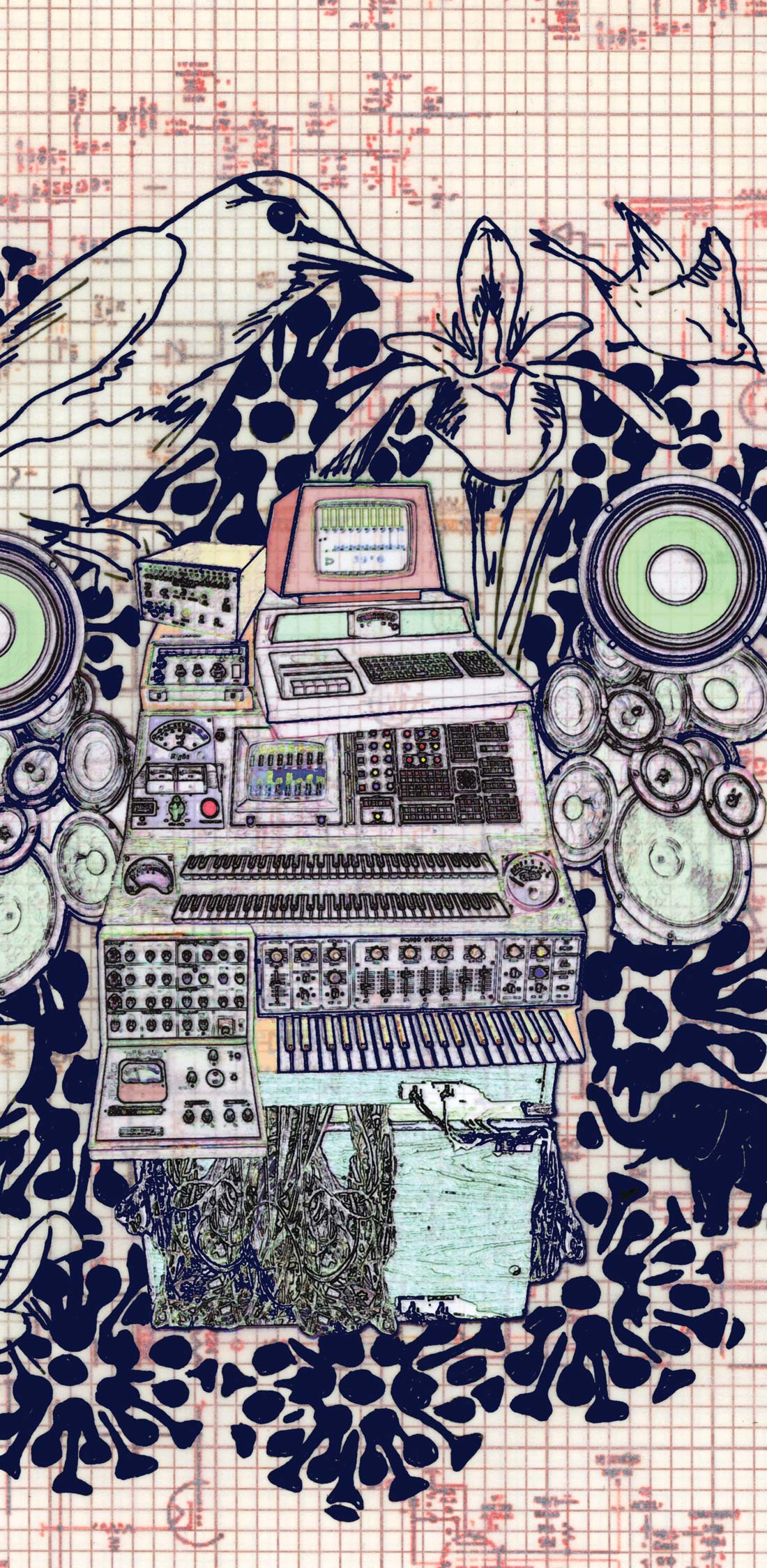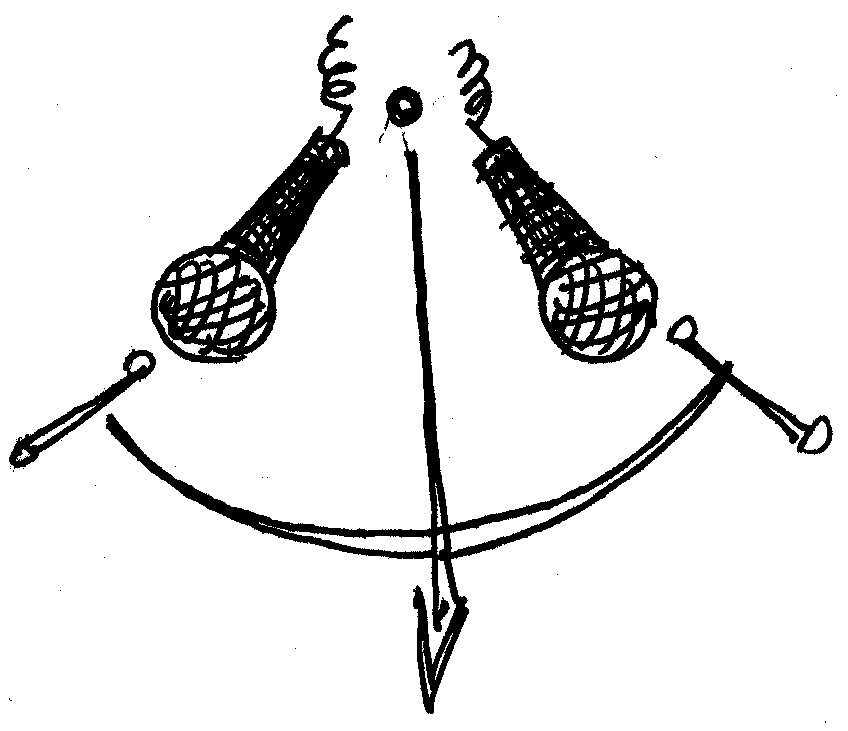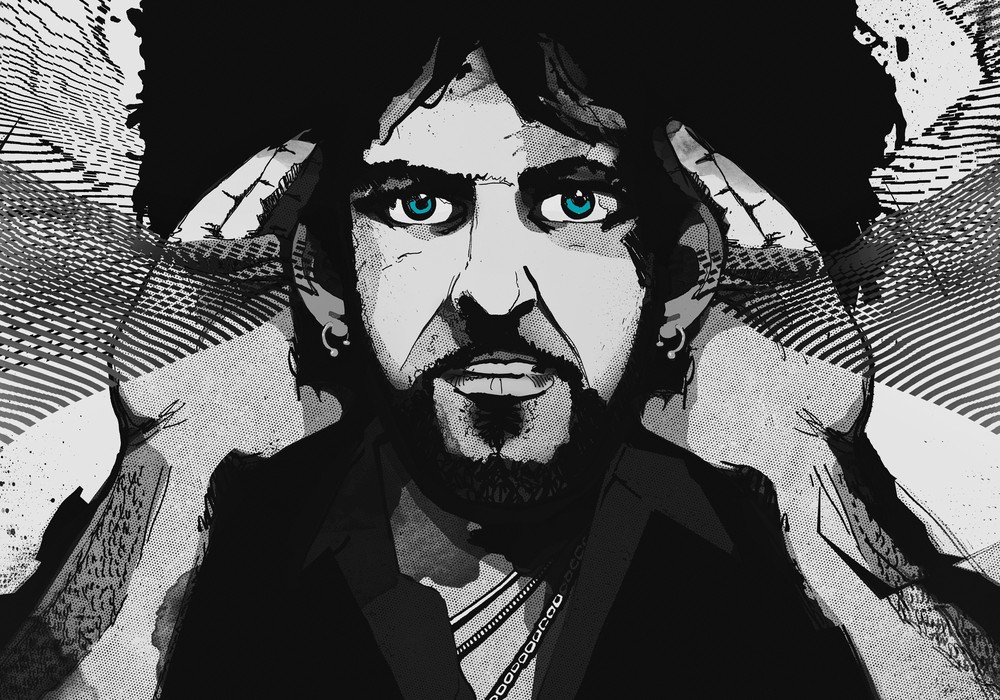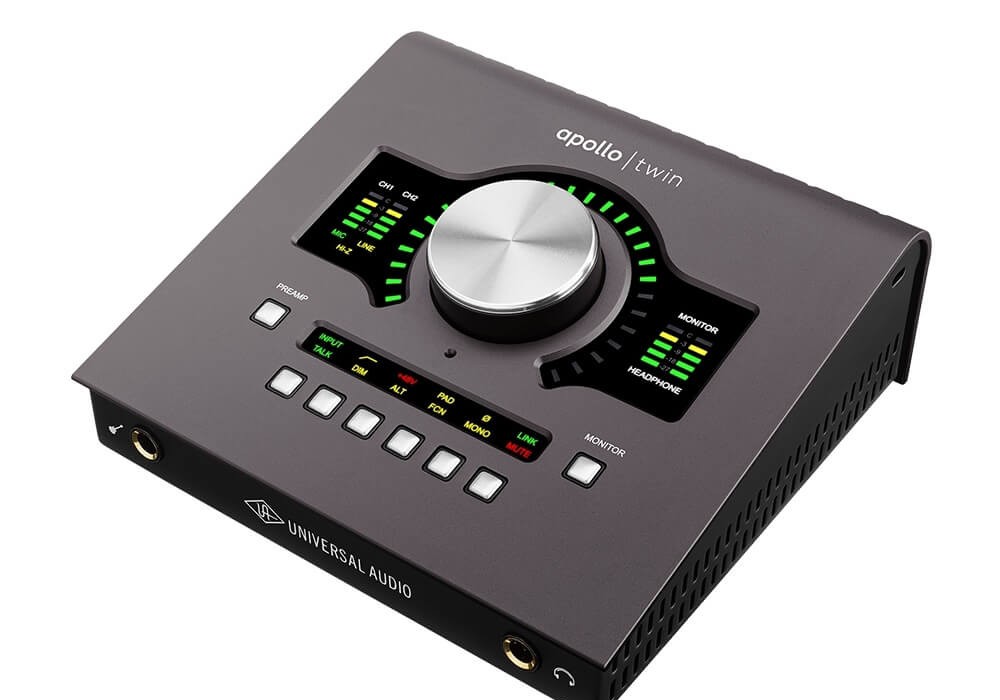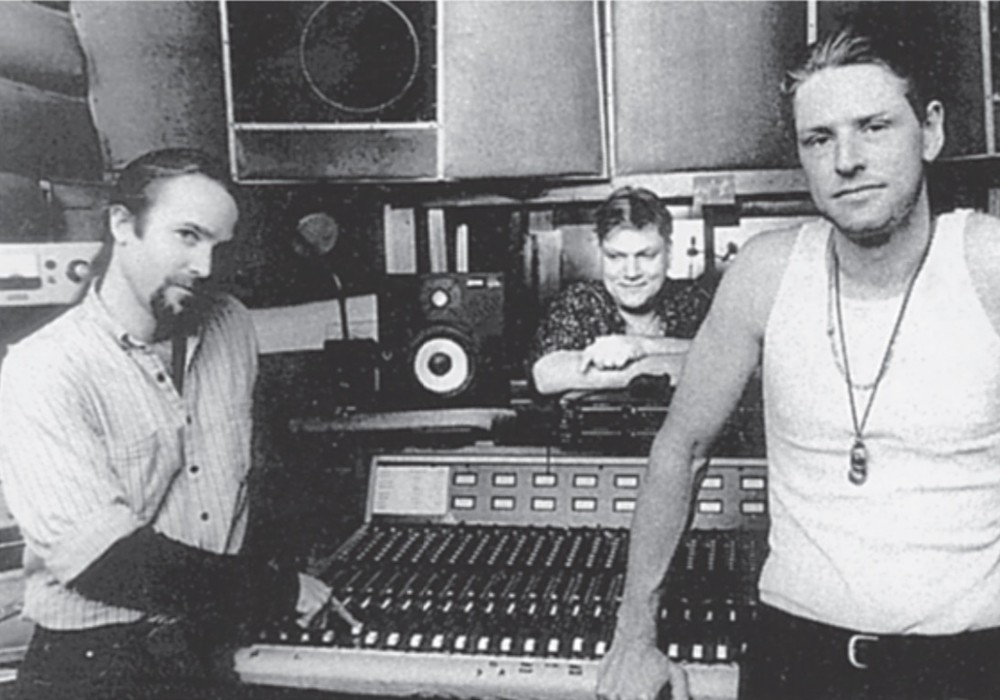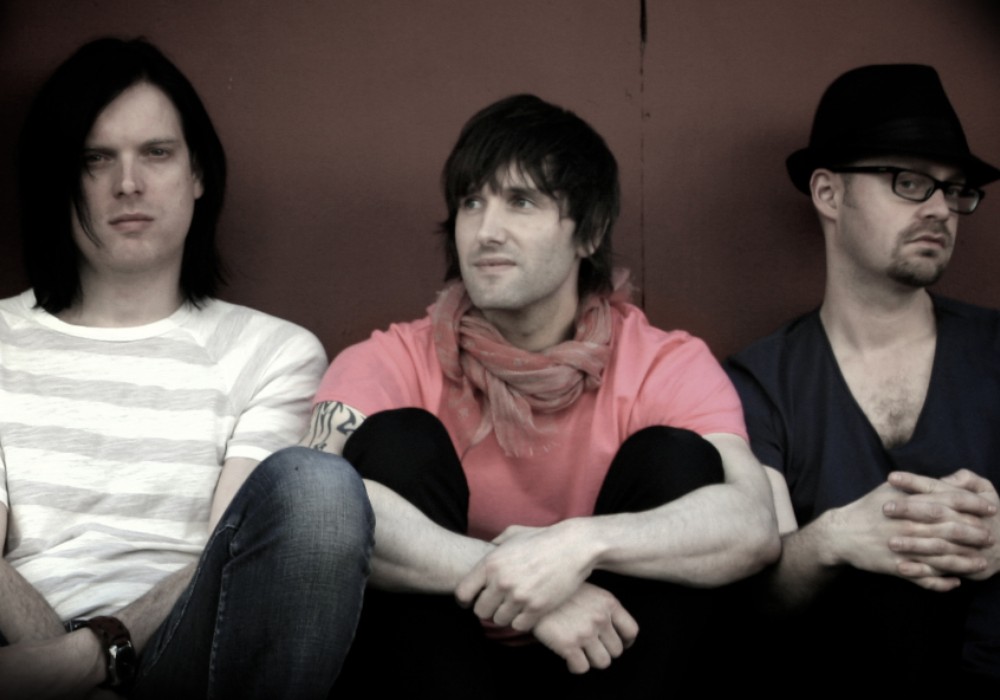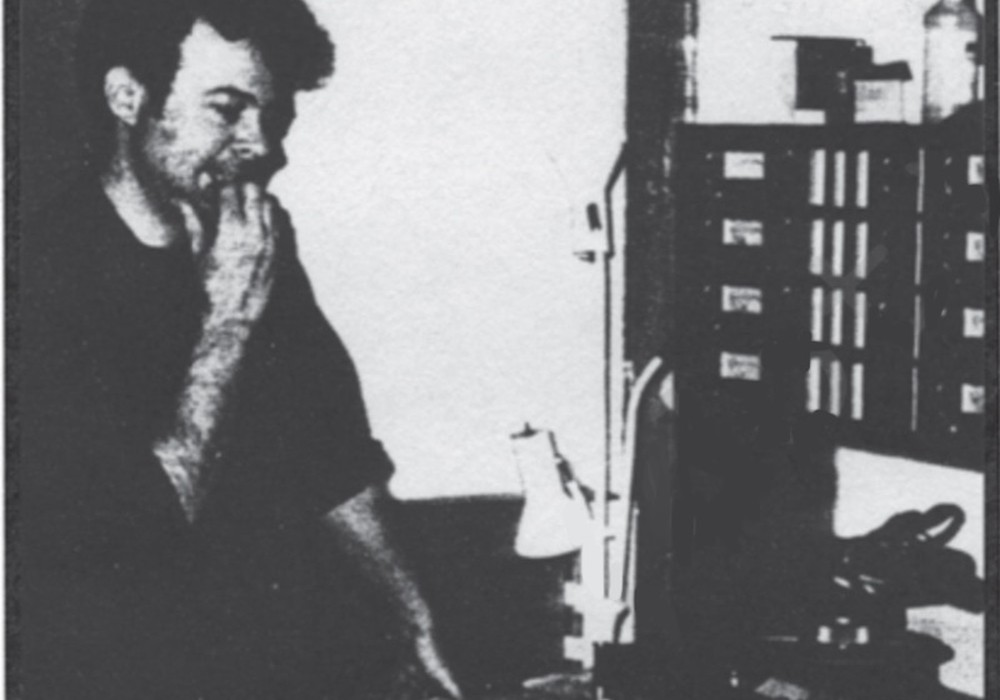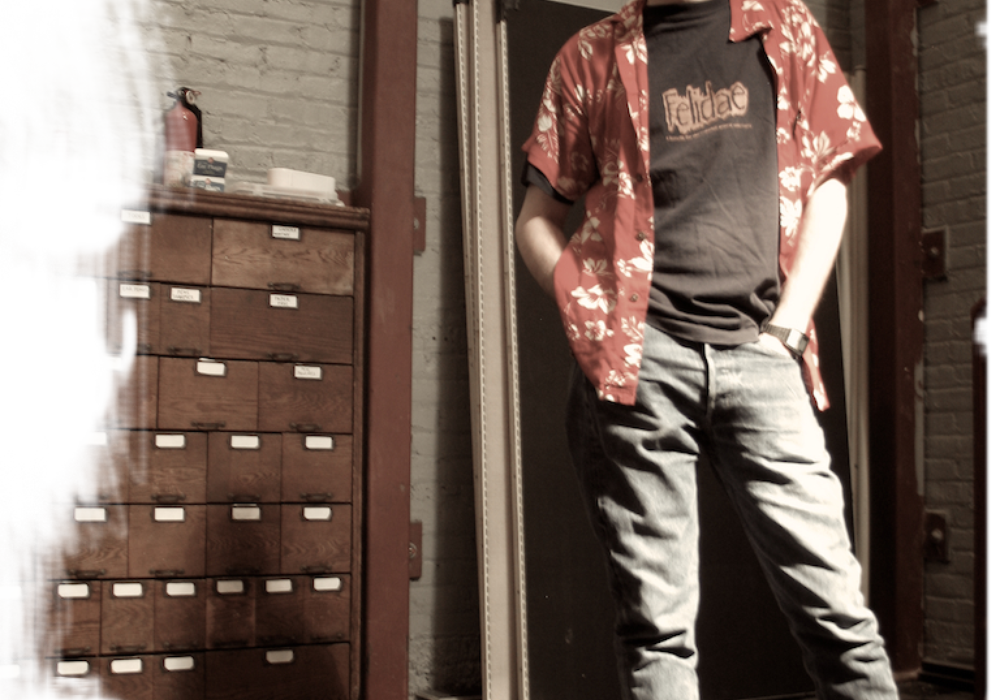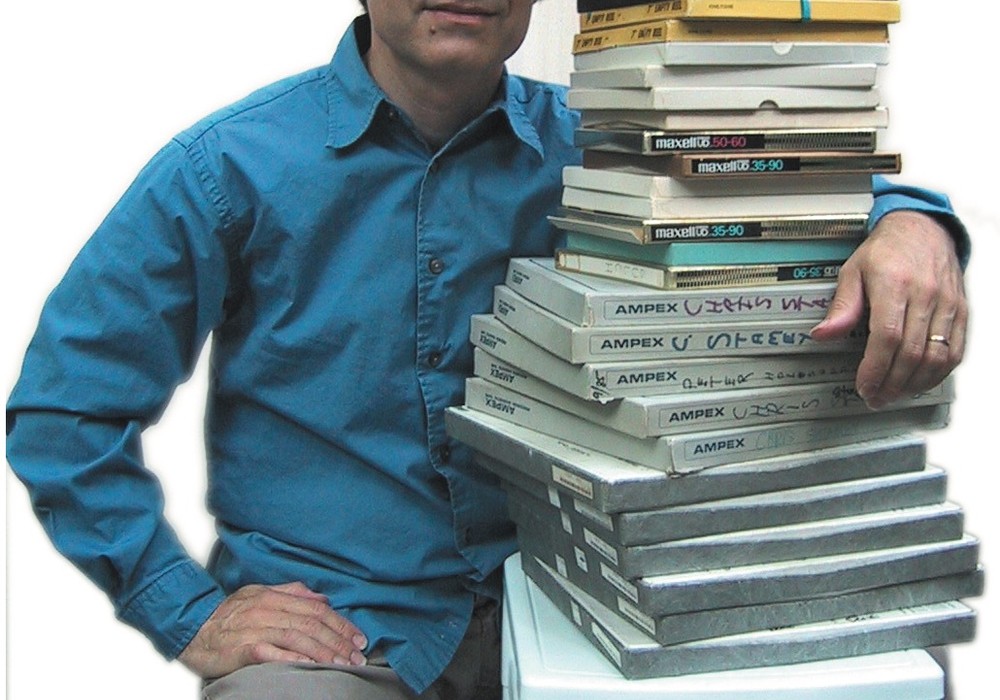Every so often you might read about an engineer recording with "baffled stereo" mic placement. Some common examples are mannequin heads with microphones in the ears, or two PZM mics taped bottom to bottom. But why do people do this? And how does it work?
The principle behind this technique is actually quite simple. If a barrier is placed between to spaced stereo mics (e.g. ORTF, NOS, spaced omnis) something interesting happens. The baffle creates an "acoustic shadow", which is just a fancy term for saying it decreases the level of off-axis bleed into the mics. The exact results vary according to microphones and spacing, but generally this process will enhance left/right channel separation. In the case of the dummy heads (more formally known as binaural microphones), headphone listeners can be convinced they are in the room! With spaced omnis, there can be an increased perception of source location in the stereo field.
Swiss engineer Jürg Jecklin found that placing an acoustically "dead" disc between two omnidirectional mics was an effective way to record classical ensembles. Over the years this type of baffle has been dubbed the Jecklin Disc, and it works on all kinds of sources. Some companies make Jecklin inspired discs, but you can rig one up at home. The first thing you want to do is figure out what type of material you want to use for the disc. Choose something firm, yet strong. plexiglass, wood, and even a small pizza pan can work. Second, find a way to decrease reflections from the disc's surface. For example, a small pillow can be sliced open and slid over the disc. Try different things.
I suggest going to your local craft or sewing store for inexpensive materials like wool or cotton quilt stuffing. Of course, glass-spun insulation works really well, too. Test the disc with various materials until you find the one that works in your situation.
Once you find the best damper, you'll want to mount your disc to a mic clip for easy session placement. Find a mic clip with a screw swivel. Drill a hole in your disc and mount it in the mic clip via the screw. Or you can get a spring clamp at the hardware for a quick and dirty mount. Finally, cover your disc to preserve it from the abuses of the studio world.
I find that spaced omnis or cardioids in ORTF work really well for Jecklin discs. But you should experiment for yourself. Feel free to use dynamic mics or even an unmatched pair — if that's what you have use it!
